| << Chapter < Page | Chapter >> Page > |
What are the characteristics of the letters that are commonly used to represent vectors?
lowercase, bold letter, usually
How is a vector more specific than a line segment?
What are and and what do they represent?
They are unit vectors. They are used to represent the horizontal and vertical components of a vector. They each have a magnitude of 1.
What is component form?
When a unit vector is expressed as which letter is the coefficient of the and which the
The first number always represents the coefficient of the and the second represents the
Given a vector with initial point and terminal point find an equivalent vector whose initial point is Write the vector in component form
Given a vector with initial point and terminal point find an equivalent vector whose initial point is Write the vector in component form
Given a vector with initial point and terminal point find an equivalent vector whose initial point is Write the vector in component form
For the following exercises, determine whether the two vectors and are equal, where has an initial point and a terminal point and has an initial point and a terminal point .
and
not equal
and
and
equal
and
and
equal
Given initial point and terminal point write the vector in terms of and
Given initial point and terminal point write the vector in terms of and
For the following exercises, use the vectors u = i + 5 j , v = −2 i − 3 j , and w = 4 i − j .
Find u + ( v − w )
Find 4 v + 2 u
For the following exercises, use the given vectors to compute u + v , u − v , and 2 u − 3 v .
Let v = −4 i + 3 j . Find a vector that is half the length and points in the same direction as
Let v = 5 i + 2 j . Find a vector that is twice the length and points in the opposite direction as
For the following exercises, find a unit vector in the same direction as the given vector.
a = 3 i + 4 j
b = −2 i + 5 j
c = 10 i – j
u = 100 i + 200 j
u = −14 i + 2 j
For the following exercises, find the magnitude and direction of the vector,
Given u = 3 i − 4 j and v = −2 i + 3 j , calculate
Given u = − i − j and v = i + 5 j , calculate
Given and calculate
Given u and v calculate
For the following exercises, given draw 3 v and

For the following exercises, use the vectors shown to sketch u + v , u − v , and 2 u .

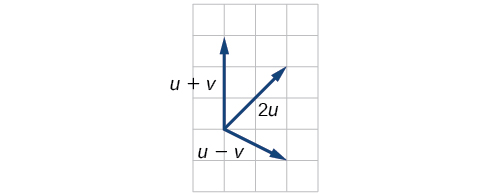
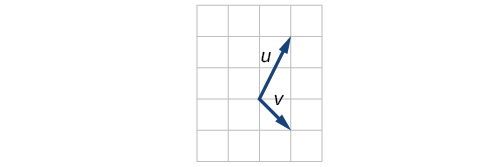
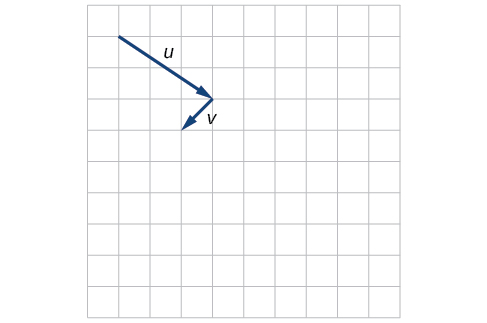

For the following exercises, use the vectors shown to sketch 2 u + v .

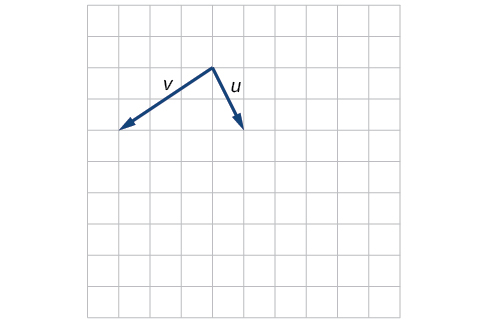
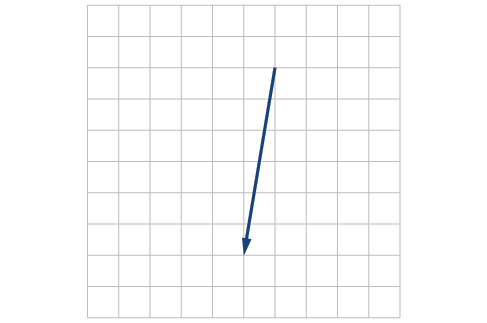
For the following exercises, use the vectors shown to sketch u − 3 v .
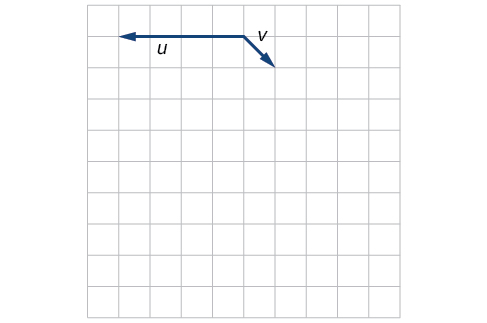

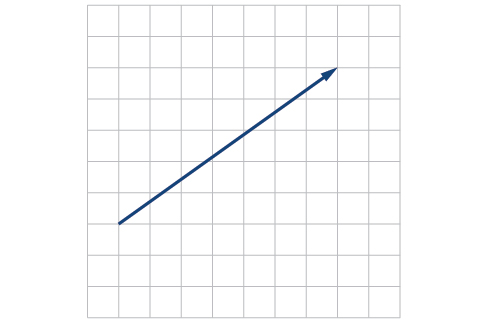
For the following exercises, write the vector shown in component form.

Notification Switch
Would you like to follow the 'Essential precalculus, part 2' conversation and receive update notifications?